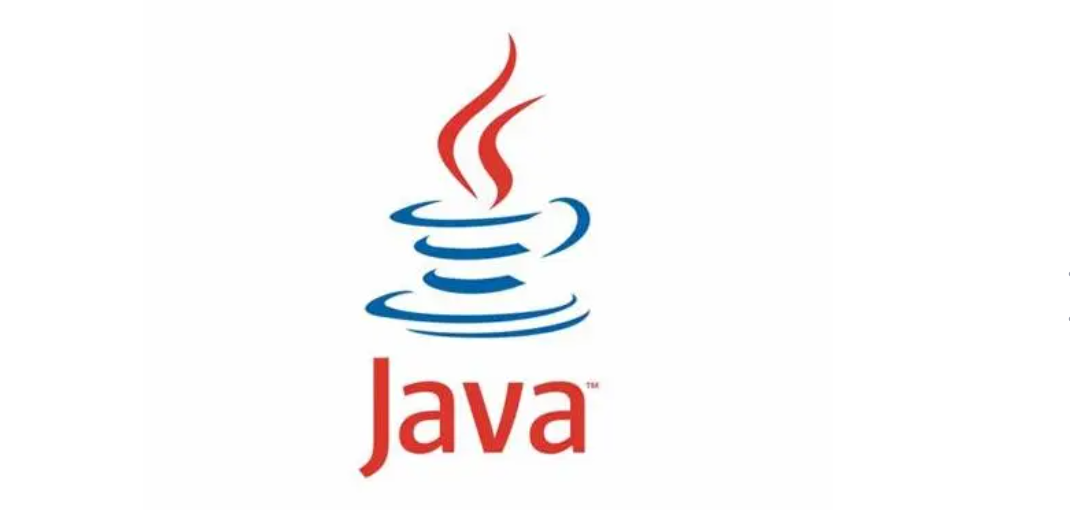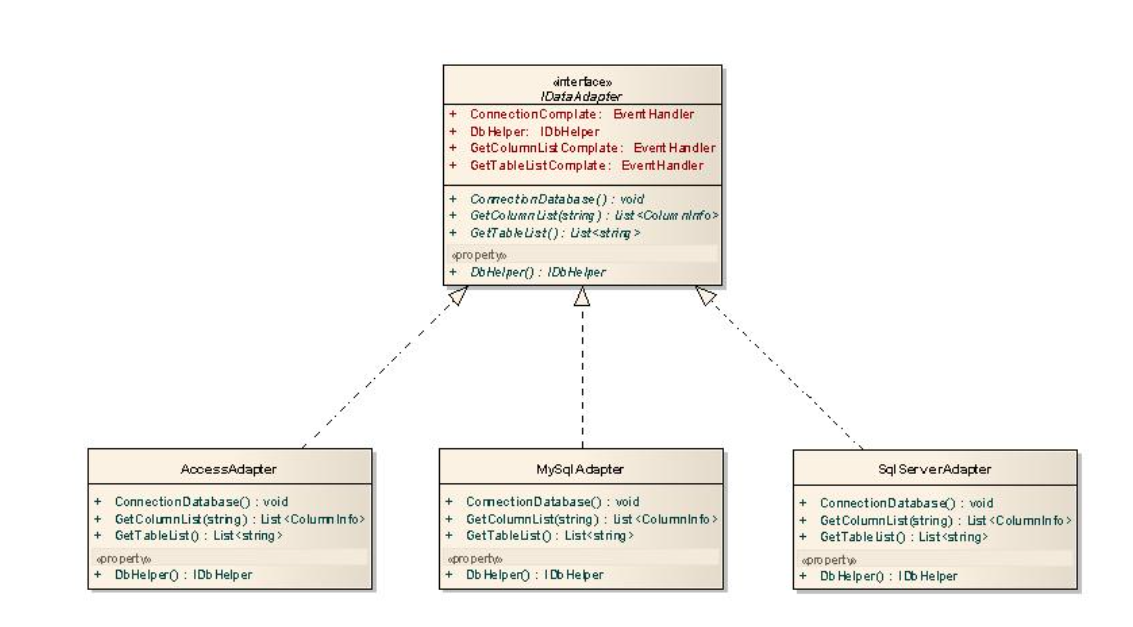创建一个Java Web API涉及多个步骤和技术栈,包括项目设置、依赖管理、数据访问层实现、业务逻辑实现、控制层开发以及测试和部署。在这篇详解中,我将带领你通过一个完整的Java Web API实现流程,采用Spring Boot和MyBatis-Plus作为主要技术工具。

一、项目初始化

选择技术栈:首先,需要确定使用Spring Boot作为框架,MyBatis-Plus作为ORM框架,Spring Web作为Rest接口的实现工具。
创建Maven项目:采用Maven进行依赖管理,Spring Initializr是一个很好的工具,可以快速生成基本的Spring Boot项目结构。
设置pom.xml文件:
<dependencyManagement> <dependencies> <dependency> <groupId>org.springframework.boot</groupId> <artifactId>spring-boot-dependencies</artifactId> <version>2.6.4</version> <type>pom</type> <scope>import</scope> </dependency> </dependencies></dependencyManagement><dependencies> <!-- Spring Boot Starter Web for building web, including RESTful applications --> <dependency> <groupId>org.springframework.boot</groupId> <artifactId>spring-boot-starter-web</artifactId> </dependency> <!-- MyBatis-Plus for data access layer --> <dependency> <groupId>com.baomidou</groupId> <artifactId>mybatis-plus-boot-starter</artifactId> <version>3.4.3.4</version> </dependency> <!-- MySQL driver --> <dependency> <groupId>mysql</groupId> <artifactId>mysql-connector-java</artifactId> <scope>runtime</scope> </dependency> <!-- Other necessary dependencies --> ...</dependencies>二、项目目录结构

通常的Spring Boot项目目录结构如下:
src└── main ├── java │ └── com │ └── example │ ├── controller │ ├── service │ ├── serviceImpl │ ├── mapper │ ├── entity │ └── dto └── resources ├── static ├── templates └── application.yml三、配置文件

application.yml文件用于配置数据库连接和MyBatis-Plus设置:
spring: datasource: url: jdbc:mysql://localhost:3306/yourdb username: root password: password driver-class-name: com.mysql.cj.jdbc.Drivermybatis-plus: mapper-locations: classpath:/mapper/*Mapper.xml type-aliases-package: com.example.entity四、实体层

创建实体类,如User:
package com.example.entity;import com.baomidou.mybatisplus.annotation.TableId;import com.baomidou.mybatisplus.annotation.TableName;@TableName("user")public class User { @TableId private Long id; private String name; private Integer age; // Getters and Setters}五、数据访问层
实现数据访问层接口:
package com.example.mapper;import com.baomidou.mybatisplus.core.mapper.BaseMapper;import com.example.entity.User;import org.apache.ibatis.annotations.Mapper;@Mapperpublic interface UserMapper extends BaseMapper<User> {}六、服务层

编写服务接口和实现类:
package com.example.service;import com.example.entity.User;import java.util.List;public interface UserService { List<User> getAllUsers(); User getUserById(Long id); void createUser(User user); void updateUser(User user); void deleteUser(Long id);}package com.example.serviceImpl;import com.example.entity.User;import com.example.mapper.UserMapper;import com.example.service.UserService;import org.springframework.beans.factory.annotation.Autowired;import org.springframework.stereotype.Service;import java.util.List;@Servicepublic class UserServiceImpl implements UserService { @Autowired private UserMapper userMapper; @Override public List<User> getAllUsers() { return userMapper.selectList(null); } @Override public User getUserById(Long id) { return userMapper.selectById(id); } @Override public void createUser(User user) { userMapper.insert(user); } @Override public void updateUser(User user) { userMapper.updateById(user); } @Override public void deleteUser(Long id) { userMapper.deleteById(id); }}七、控制层
创建RESTful接口:
package com.example.controller;import com.example.entity.User;import com.example.service.UserService;import org.springframework.beans.factory.annotation.Autowired;import org.springframework.web.bind.annotation.*;import java.util.List;@RestController@RequestMapping("/api/users")public class UserController { @Autowired private UserService userService; @GetMapping public List<User> getAllUsers() { return userService.getAllUsers(); } @GetMapping("/{id}") public User getUserById(@PathVariable Long id) { return userService.getUserById(id); } @PostMapping public void createUser(@RequestBody User user) { userService.createUser(user); } @PutMapping public void updateUser(@RequestBody User user) { userService.updateUser(user); } @DeleteMapping("/{id}") public void deleteUser(@PathVariable Long id) { userService.deleteUser(id); }}八、测试和部署
1. 测试
使用JUnit进行单元测试。使用Postman等工具进行API测试。2. 部署
生成.jar文件,通过命令java -jar <jar-file>.jar运行应用。也可以在云服务平台如AWS, Azure, 或者阿里云上进行部署。 九、MyBatis-Plus特性分析

MyBatis-Plus是MyBatis的一个增强工具,设计为简化开发、提高效率。以下是MyBatis-Plus的一些关键特性和配置:
CRUD操作:MyBatis-Plus扩展了MyBatis的基本功能,提供自动生成的CRUD接口,开发者无需编写XML文件来实现基本的增删改查功能。
分页插件:内置分页插件,轻松实现物理分页和信息统计,减少了开发分页逻辑的复杂性。
自动填充:支持自动填充策略,帮助企业自动维护创建时间、更新时间等字段。
代码生成器:提供代码生成器,可以通过简单的配置自动生成符合业务需求的代码,快速搭建基础业务。
多种插件支持:插件机制非常灵活,如乐观锁插件、防止全表更新操作插件,满足各种复杂的业务场景。
高性能:基于MyBatis,深度优化了单表操作,兼容MyBatis所有功能。
例如,分页插件的配置使用:
@Configurationpublic class MybatisPlusConfig { @Bean public PaginationInterceptor paginationInterceptor() { return new PaginationInterceptor(); }}在实现统一的CRUD操作的时候,
Page<User> page = new Page<>(1, 10);IPage<User> userIPage = userMapper.selectPage(page, null);上述代码可以轻松实现用户数据的分页查询。
未来的改进点可以是结合Spring Cloud进行整个系统微服务化,实现更大的扩展性和灵活性。
总结:Java Web API实现结合Spring Boot和MyBatis-Plus可以大大简化开发中的数据访问复杂性,优化开发流程并增强系统的可维护性。理解并合理运用MyBatis-Plus中的各种特性,更能使开发事半功倍。
//python 因为爱,所以学print("Hello, Python!")关注我,不迷路,共学习,同进步
关注我,不迷路,共学习,同进步